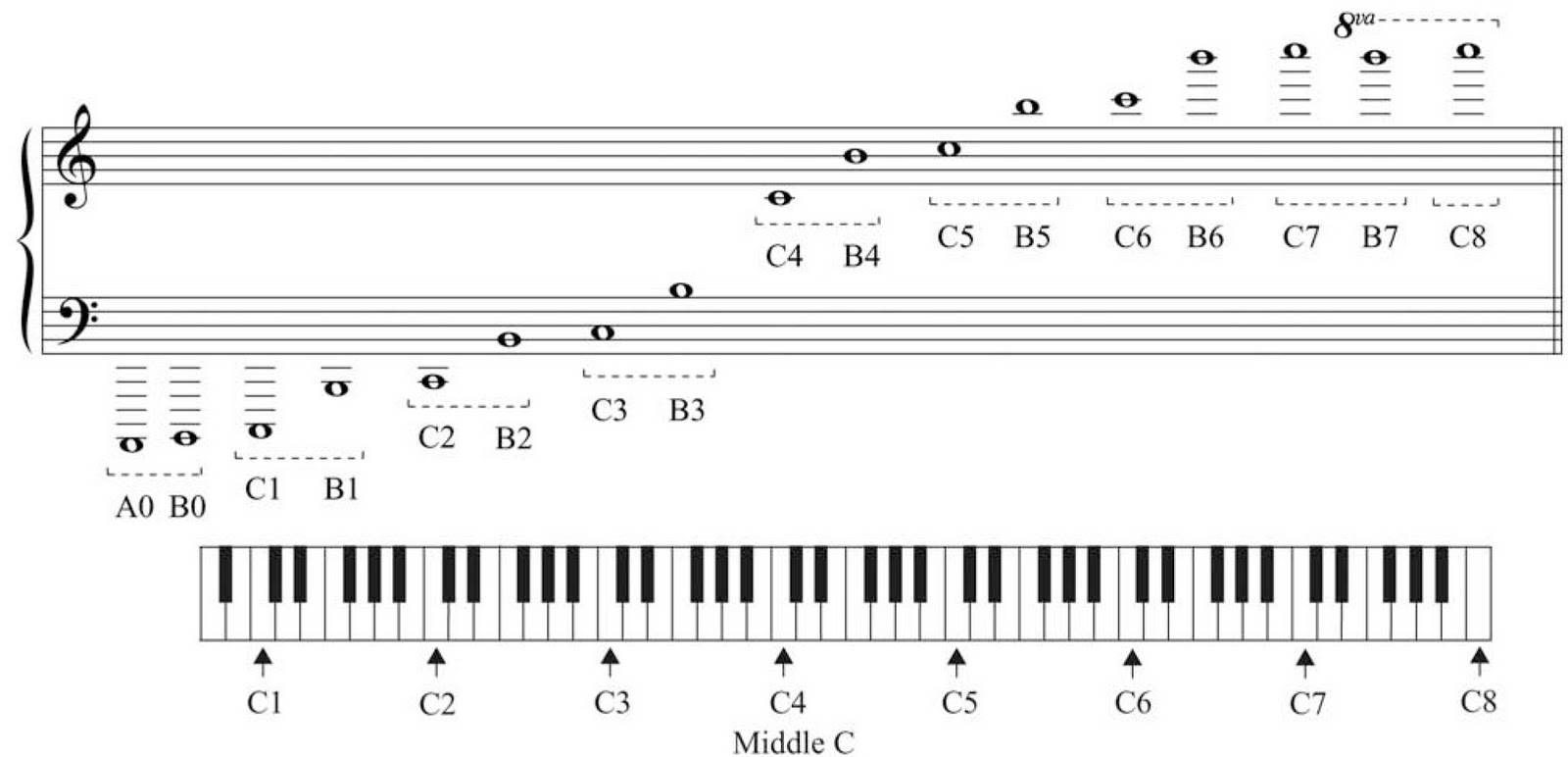

It’s not about voicing or what finger you should use when you’re playing chords that have black keys in them. Keep in mind that this is about finding the primary chords in any Major key of music. Then, the note that you’ve placed your fifth finger on is going to be the root of the 5 chord. Then, the note that you’ve placed you fourth finger on is going to be the root of the 4 chord. The note that you’ve placed your thumb on is going to the root (bottom note) of the 1 chord. Then use the rest of your five fingers to play this pattern.

The easiest way to study and learn this pattern is to find the 1 which will be the note that the key is named after. Whole step Whole step Half step Whole stepįor example, here’s the “tetrachord plus” pattern in the key of C Major. All you have to do then is build a Major chord based on each root. The “techrachord plus” is going to reveal the root of each one of these primary chords. It is necessary that you know your 12 Major chords. You can use this method to find the primary chords in any Major key.
#Music keys and registers plus
It’s a simple 4 note pattern plus a whole step. You can use a strategy such as the “tetrachord plus” pattern. Let’s say at this moment that you need to find the primary chords in any given key. But, there are shortcuts that you can take at the moment to help you get to where you need to go. I believe quite the opposite of that statement. Now, I didn’t say that you don’t or shouldn’t learn all Major keys of music. You don’t have to learn every Major key of music in order find the primary chords of all of them. I’m sure you won’t tell anyone so here goes. I’m glad you asked because I have a secret. If you’re not familiar with all of your Major keys, how would you go about figuring out what the primary chords are for the rest of them? But we have 11 other Major keys of music. In the key of C Major the primary chords are: It just so happens that these particular notes actually hosts the primary chords in all Major keys. But for now, I want you to focus on the 1, 4 and 5 notes. Let’s continue using the key of C Major as our example key.Īll of these numbered tones have a corresponding chord.
#Music keys and registers how to
Now on to How to find the 3 most used chords in music in every Major key on the piano. You start on the first note and count from 1 to 7. Now the really important aspect of these 7 different notes is their numbered sequence. That’s what makes up these 7 different notes. Whole step Whole step Half step Whole step Whole step Whole step The key of C Major is a simple pattern of Whole Steps and Half Steps. You’ll understand that as you learn to play in other keys of music besides the key of C Major. This doesn’t necessarily mean that it’s the easiest key to play in. This is because the key of C Major is the easiest key visualize on the piano because it happens to be all of the white keys. The key of C Major is the best staring point for learning about Major keys. So for now, we’re going to be referring to those. The Major keys are where all other keys are derived from. In this case, I’m referring to a Major key of music. It’s simply 7 different notes that you draw from to create a song or piece of music. Today I want to focus on how to find the 3 most used chords in music in every Major key on the piano.įirst, we need to define what a key of music is. This has been happening all of your life probably without you even noticing it. Whether you realize it or not, you’ve been hearing the same chords in music over and over.


 0 kommentar(er)
0 kommentar(er)
